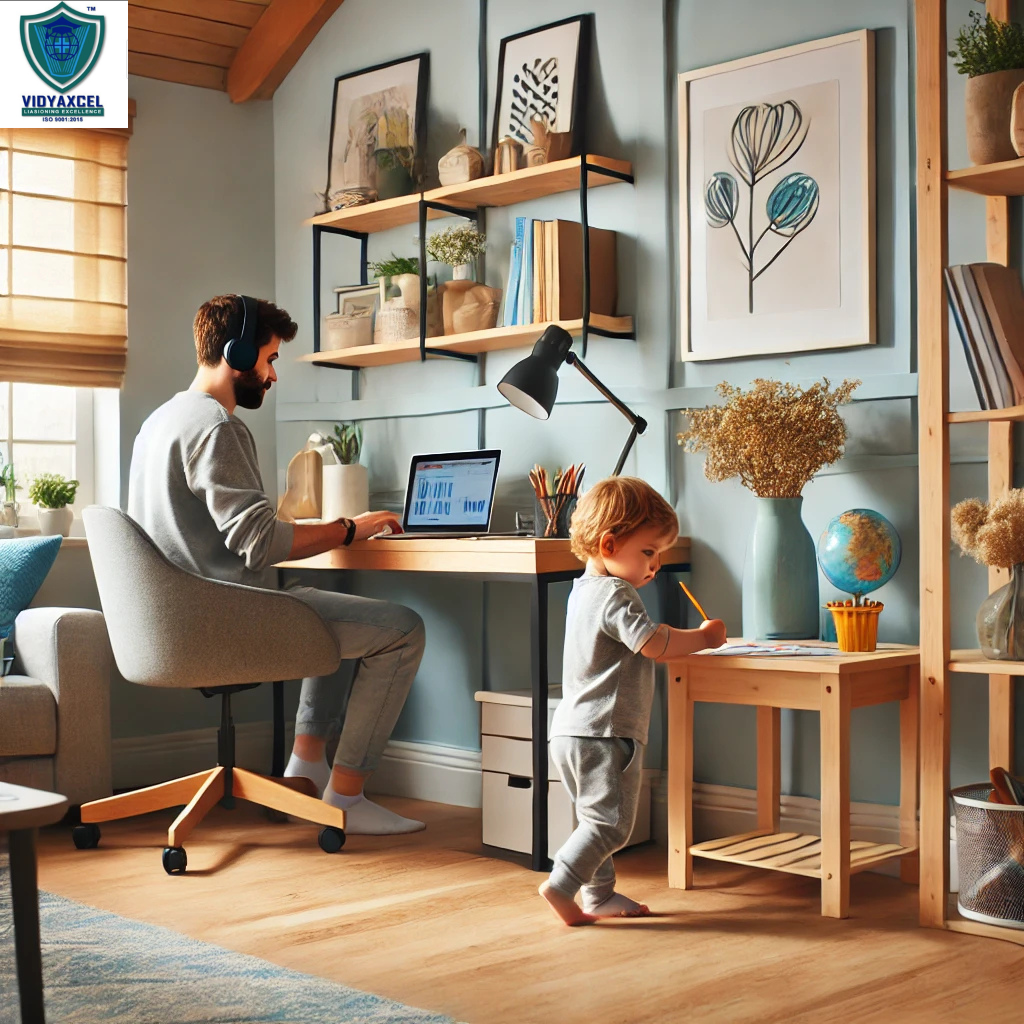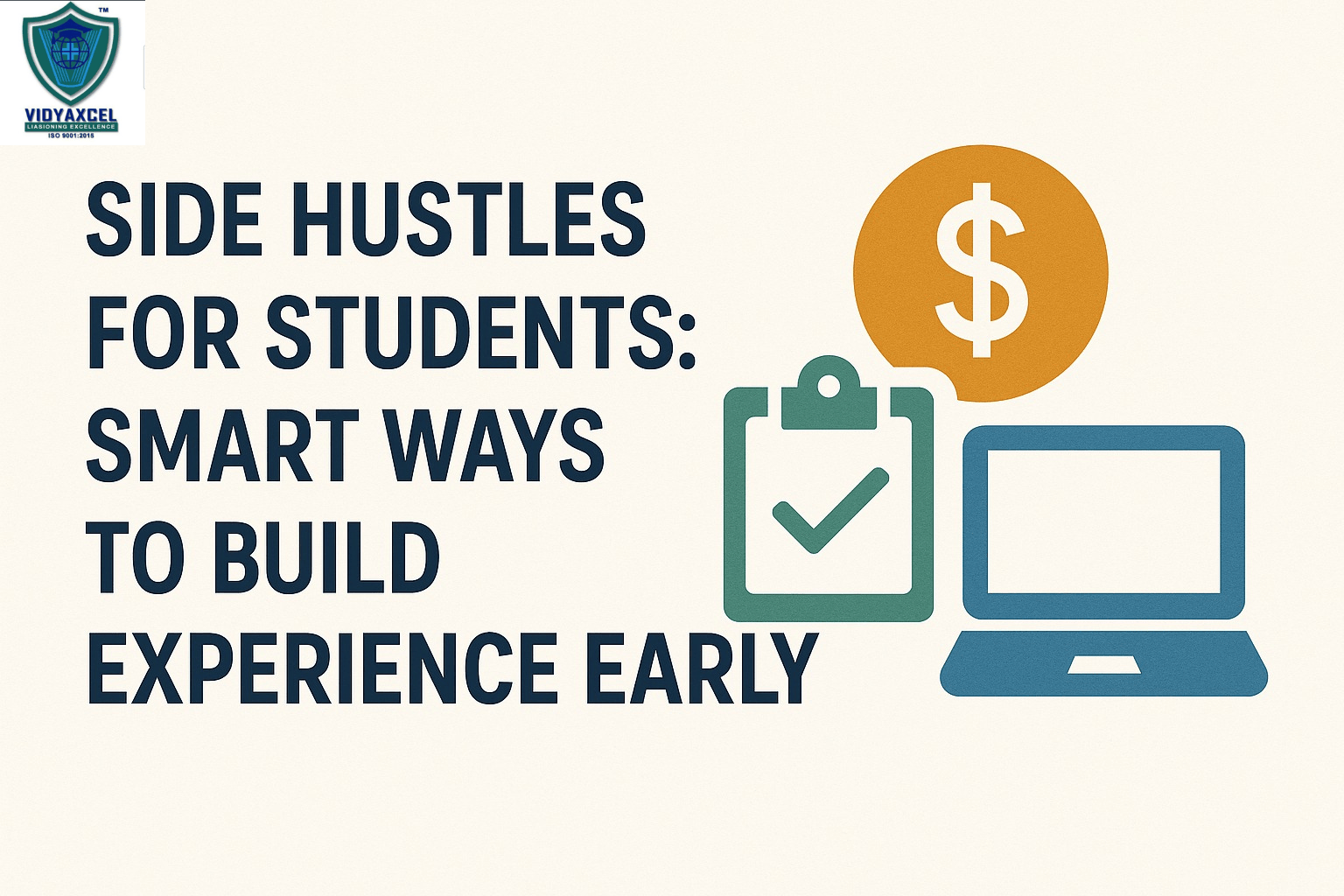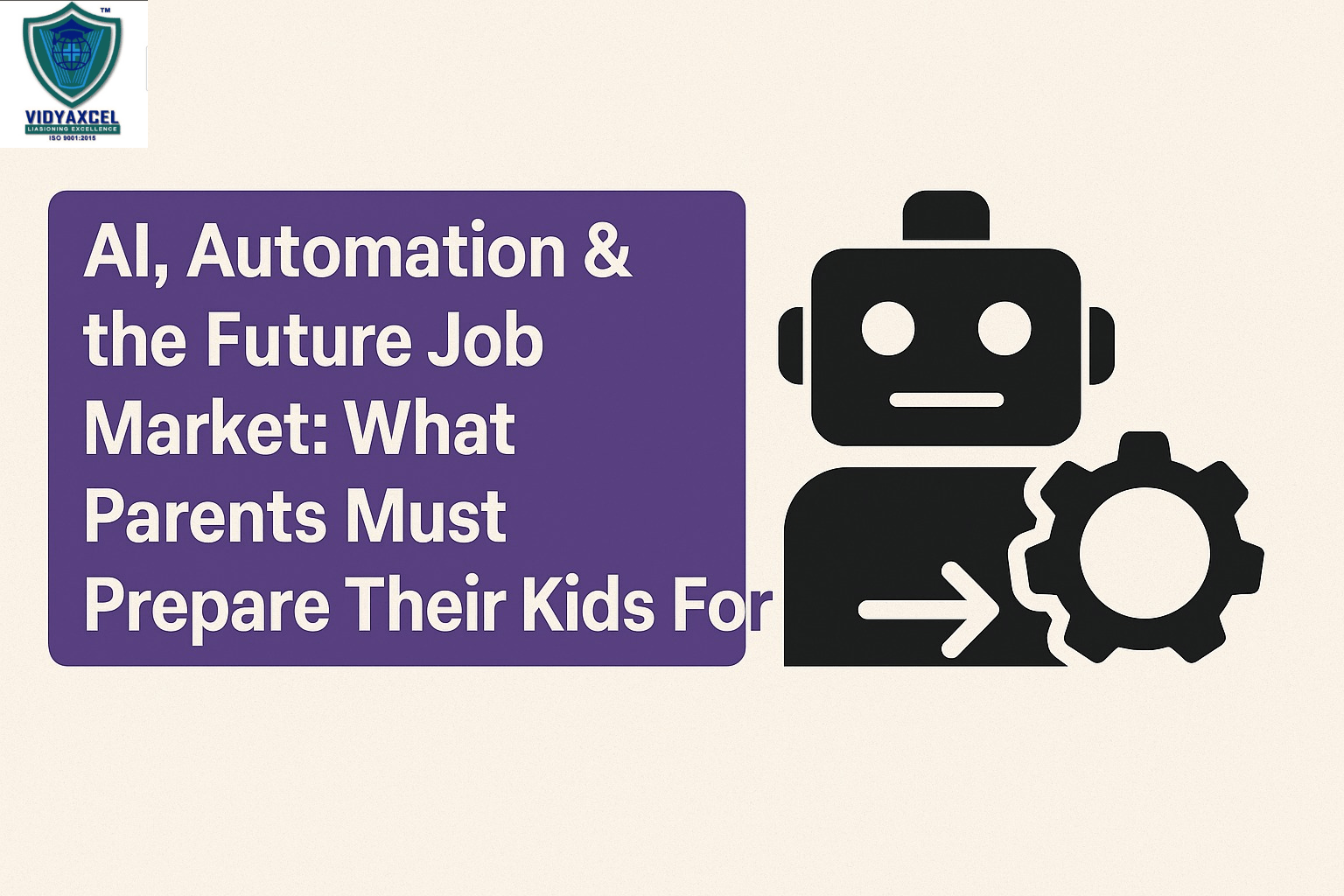Blog Details

27Dec
Work-from-Home Parenting Strategies
The rise of remote work has transformed the way parents manage their careers and family responsibilities. While working from home offers flexibility and eliminates commuting time, it also presents unique challenges in maintaining productivity and meeting parenting demands. Striking the right balance requires thoughtful strategies, clear boundaries, and adaptability. This guide offers practical tips to help parents navigate the dual responsibilities of working from home and raising children, ensuring a smoother, more harmonious daily routine for the whole family. Here are some practical strategies to help working parents thrive while managing both roles effectively:
1. Establish a Routine
- Set Clear Schedules: Define work hours, meal times, and breaks for yourself and your children.
- Morning Rituals: Start the day with a consistent routine to set a productive tone for everyone.
- Communicate the Plan: Share your schedule with family members so they know when you’re unavailable.
2. Designate Work and Play Spaces
- Separate Work Areas: Set up a dedicated workspace to minimize distractions and maintain focus.
- Kid-Friendly Zones: Create areas where children can play, do homework, or relax while you work.
- Noise Control: Use noise-canceling headphones or white noise machines if your workspace is near active family areas.
3. Set Boundaries with Children
- Explain Your Work: Help your kids understand that being at home doesn’t mean you’re always available.
- Signals for Focus Time: Use visual cues like a “Do Not Disturb” sign or a specific hat/headphone that indicates you’re busy.
- Plan Check-ins: Schedule regular breaks where you can give them your undivided attention.
4. Use Technology to Stay Organized
- Shared Calendars: Use family calendars to align everyone’s schedules and activities.
- Task Management Tools: Apps like Trello or Asana can help organize work tasks.
- Kid-Friendly Apps: Educational games and shows can keep kids engaged while you focus on work.
5. Maximize Early Mornings or Late Nights
- Quiet Hours: Tackle high-concentration tasks during times when children are asleep or engaged in quiet activities.
- Batch Tasks: Group similar tasks together to complete them more efficiently.
6. Engage Children in Independent Activities
- Creative Play: Provide materials for drawing, puzzles, or crafts.
- Age-Appropriate Projects: Encourage older kids to take on longer projects, like building with LEGO or writing stories.
- Screen Time Guidelines: Use educational programs or apps while keeping screen time balanced.
7. Collaborate with Your Partner
- Divide Responsibilities: Share caregiving and household tasks to lighten the load.
- Tag-Team Scheduling: Alternate work hours with your partner to ensure one parent is always available.
8. Build a Support Network
- Family and Friends: Ask nearby relatives or friends for occasional help.
- Parent Pods: Partner with other working parents to coordinate play dates or shared caregiving.
- Professional Help: Consider hiring a babysitter or enrolling kids in a part-time program if feasible.
9. Practice Self-Care
- Physical Health: Make time for exercise, even if it’s a quick home workout.
- Mental Wellness: Engage in mindfulness practices like meditation to reduce stress.
- Personal Time: Schedule “me time” to recharge and prevent burnout.
10. Be Flexible and Adaptable
- Embrace Imperfection: Accept that some days will be chaotic, and that’s okay.
- Reassess Regularly: Reevaluate your strategies to see what works best as your children grow or circumstances change.
- Involve Your Employer: Communicate with your employer about your situation to explore flexible working arrangements if needed.
Conclusion
Balancing work and parenting in a shared space can be a challenging yet rewarding experience. By setting clear routines, creating dedicated spaces, involving children in independent activities, and prioritizing self-care, parents can foster a productive work environment while nurturing family bonds. Flexibility and a proactive approach are key to thriving in this dynamic setup. Remember, every family is unique, so find the strategies that work best for your household. Embracing these practices will help you succeed both professionally and personally, making remote work a positive experience for you and your family.
FAQ’s
What tools or technology can help working parents stay organized?
- Use shared family calendars like Google Calendar for scheduling.
- Employ apps like Trello or Asana to manage work tasks.
- Set timers or reminders to transition between work and parenting activities.
How can I collaborate with my partner to manage work and parenting?
- Divide responsibilities by assigning specific tasks to each parent.
- Use tag-team scheduling to alternate caregiving and work shifts.
- Hold regular check-ins to discuss what’s working and adjust plans as needed.
How can I reduce stress while working from home with kids?
- Practice self-care, including exercise, mindfulness, and adequate sleep.
- Stay flexible and realistic about daily goals, knowing that disruptions may happen.
- Seek support from friends, family, or parent groups when overwhelmed.
Is it okay to let my kids have more screen time while I work?
- It’s okay to allow some extra screen time, but balance it with physical activities and creative play.
- Choose educational or interactive programs to make screen time productive.
- Set time limits and take breaks to avoid prolonged use.
What can I do if working from home feels overwhelming?
- Communicate with your employer about flexible hours or workload adjustments.
- Seek professional help if you’re experiencing burnout or significant stress.
- Remember, perfection isn’t the goal—focus on doing your best and adapting as needed.
Our Office: West Bengal, Maharashtra & Delhi.
For More Infomation about admission in Medical, Engineering, Management & Study in Overseas Details.
View Current Study Overseas, Medical, Engineering & Management Admission Details Video.





